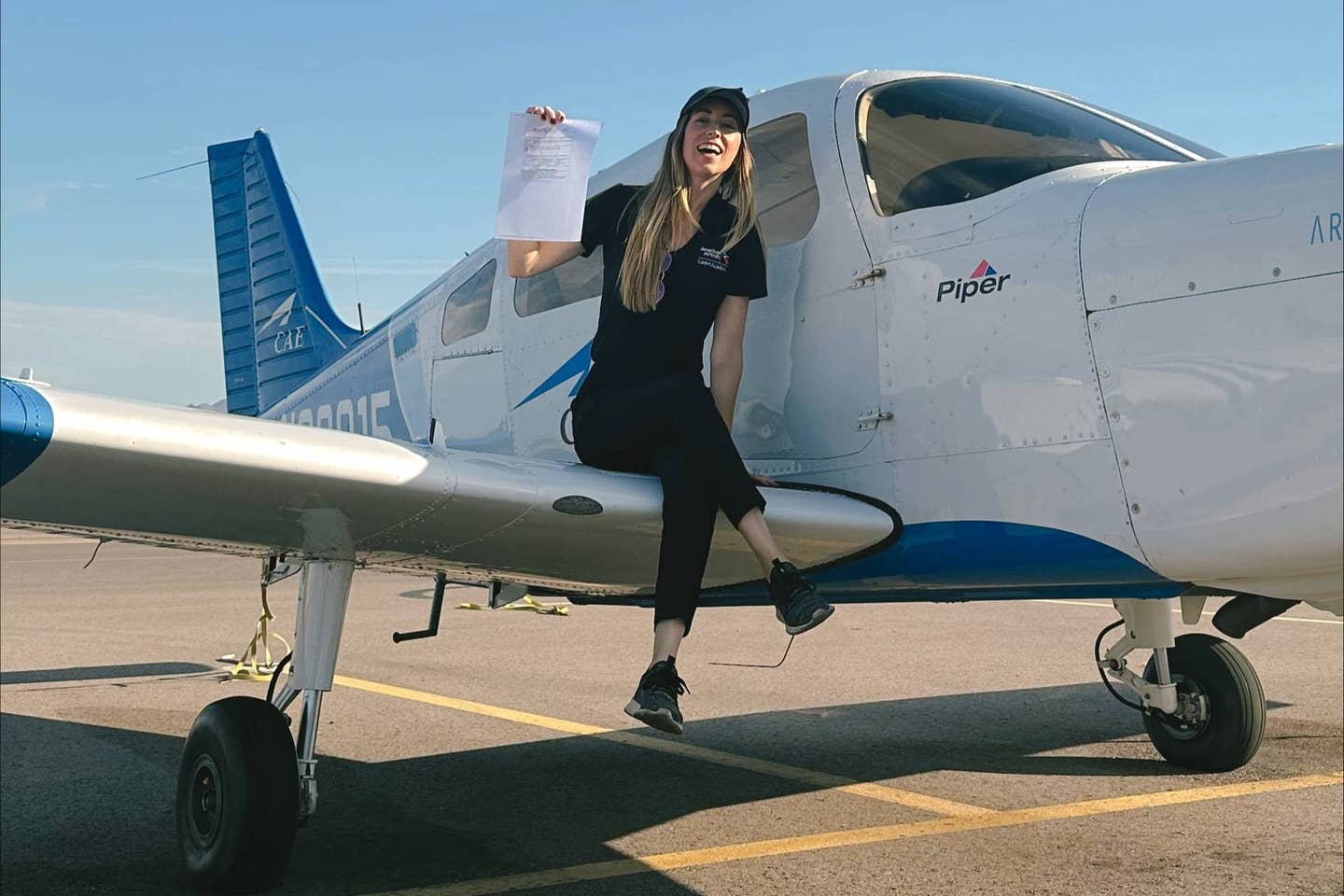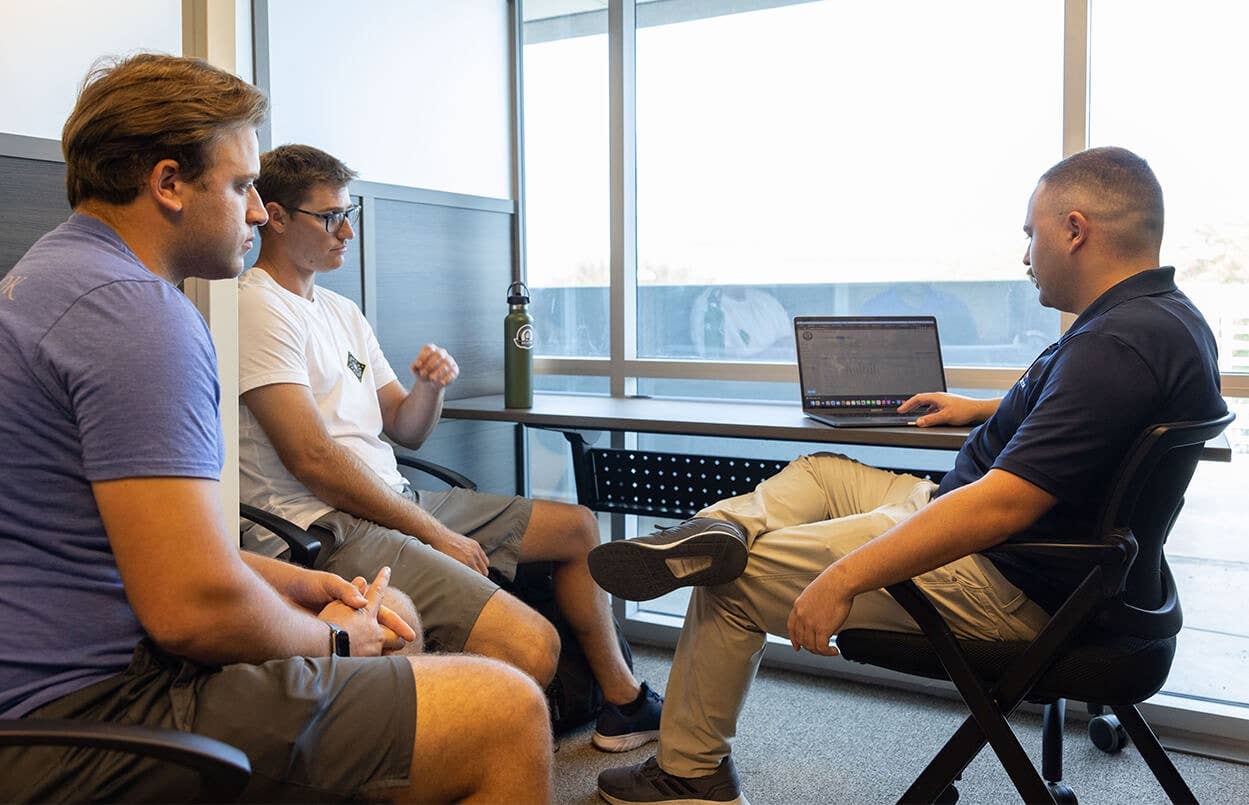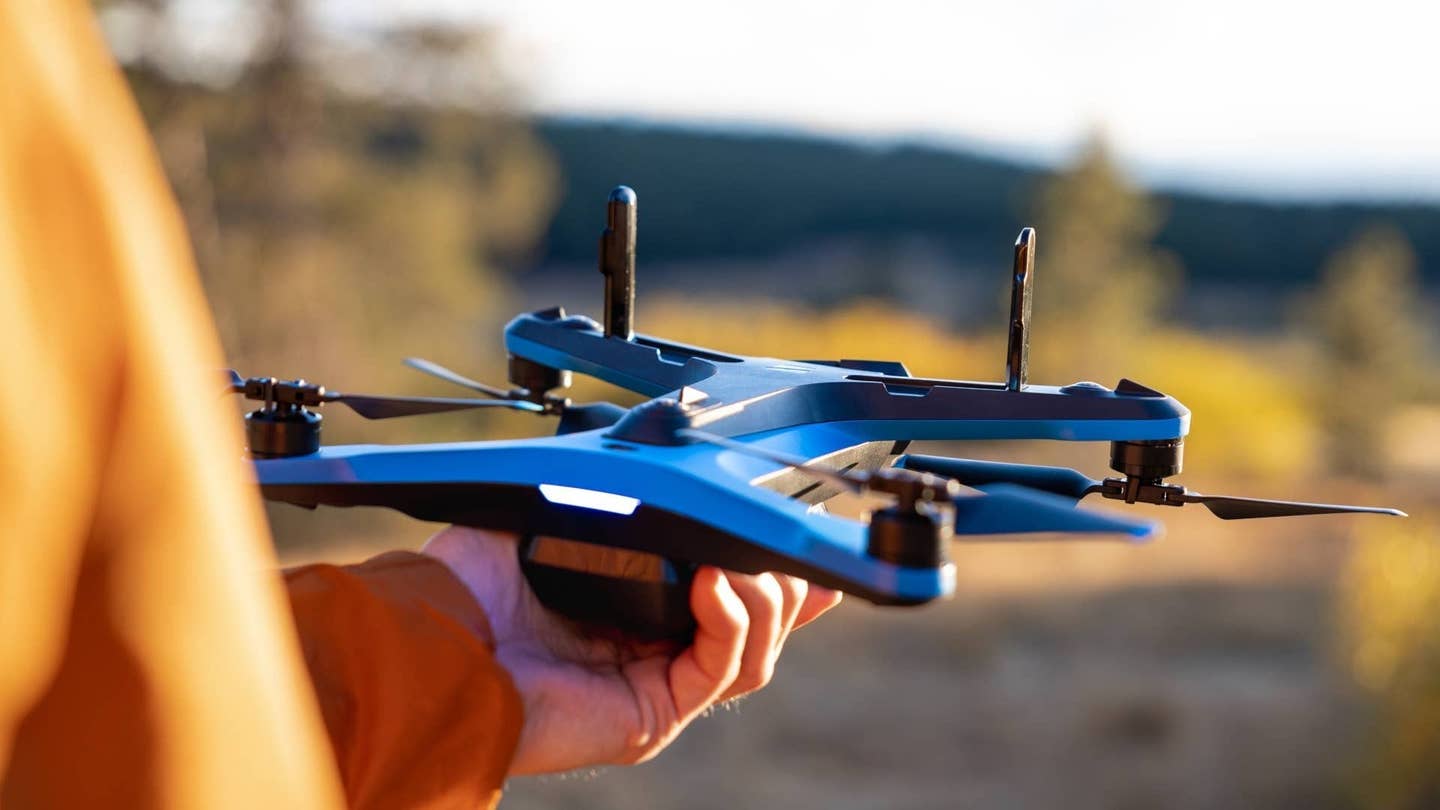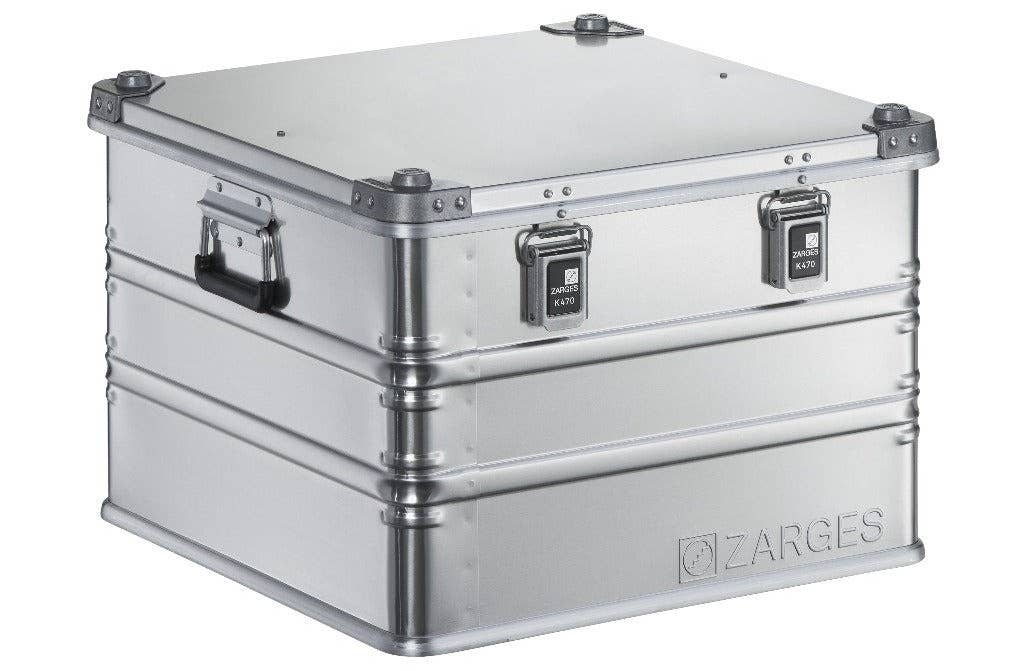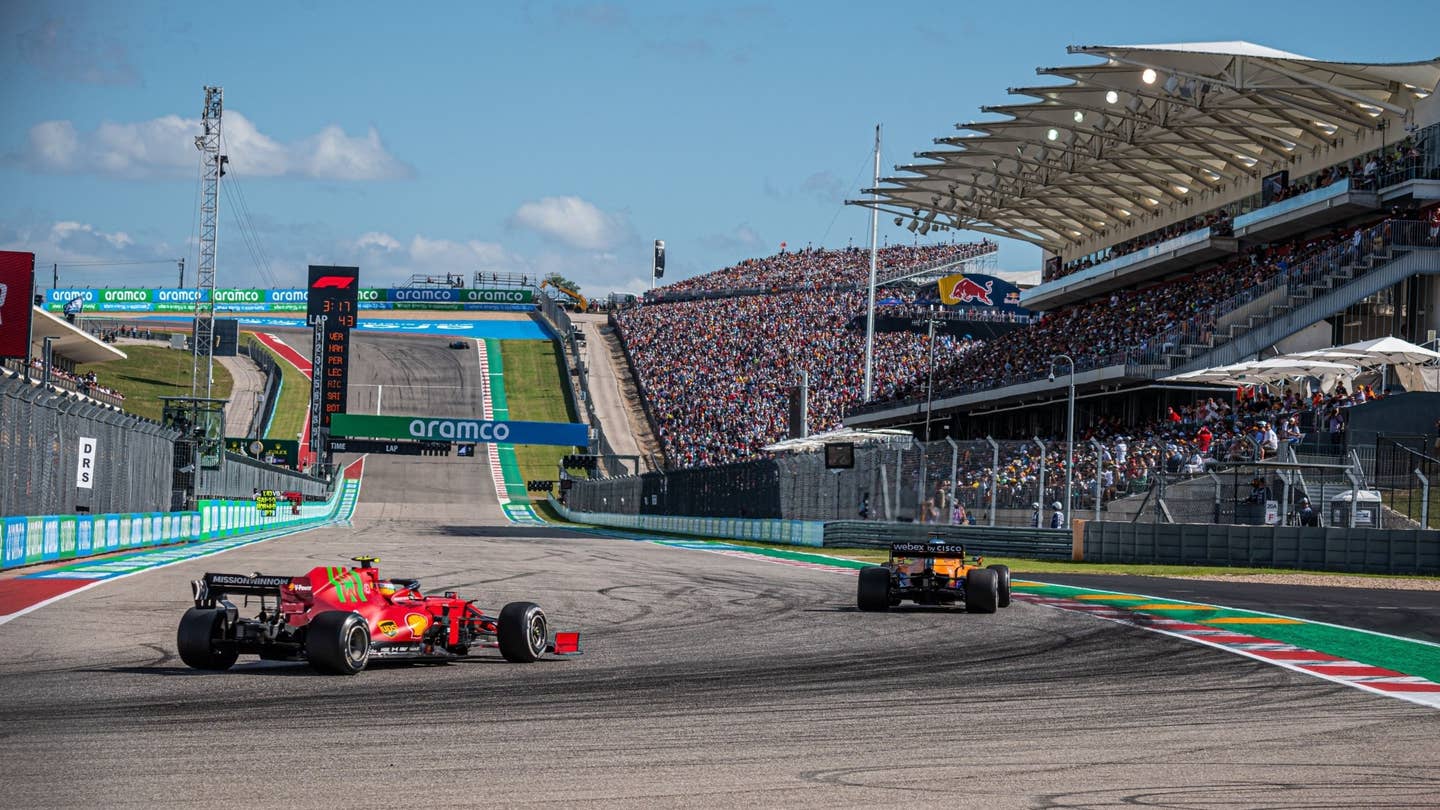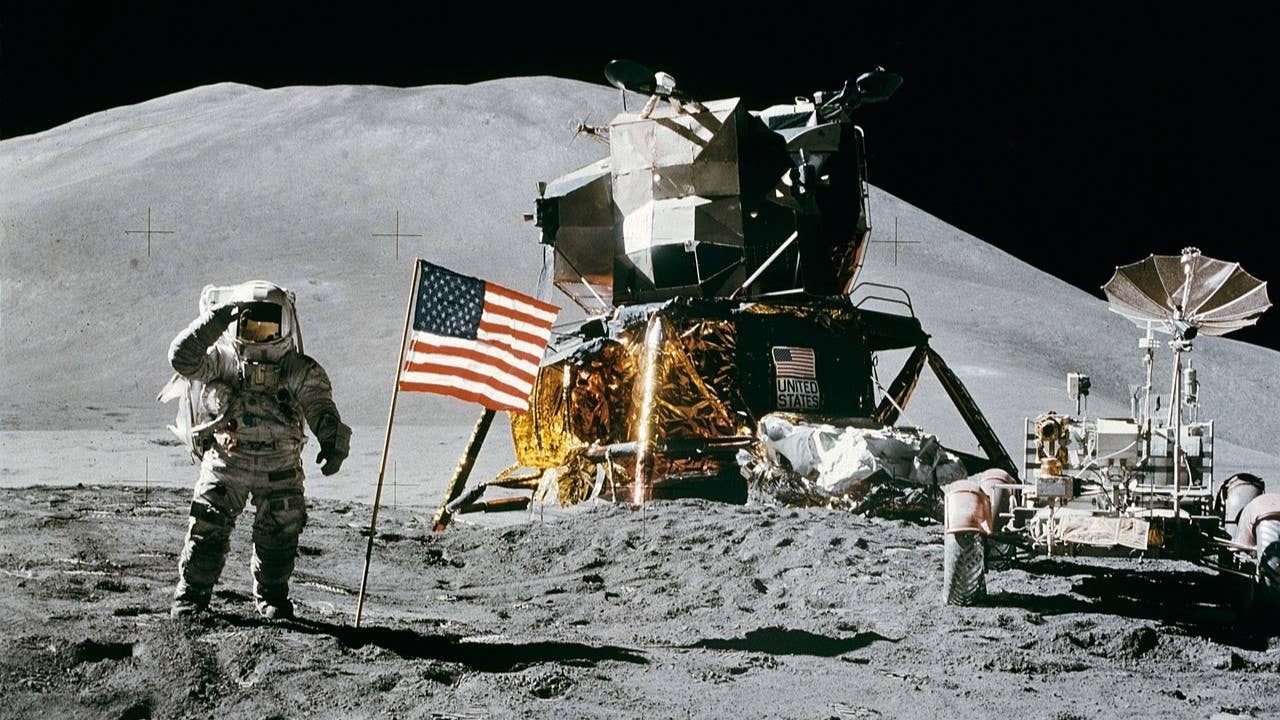
If you’ve had your eyes on the stars, these books are for you. [Pixabay image]
Space is fascinating. From my 3-year-old daughter, who wants to be an astronaut, to my high school students in the aerospace program I teach, to my grown neighbor whose hobby is astrophotography, space has a way of capturing imaginations.
Those who find themselves so captured might enjoy delving into firsthand accounts from astronauts, behind-the-scenes tales from mission control, and historical context that helps us appreciate just how far we’ve come—and how much farther we can go. We recommend these 10 titles highlighting the personal struggles, technological breakthroughs, and global impact of humanity’s relentless push into the final frontier.
The Right Stuff by Tom Wolfe
Tom Wolfe’s 1979 classic,The Right Stuff, tells the tale of America’s first astronauts—the Mercury Seven. Wolfe follows the test pilots at Edwards Air Force Base who risked their lives breaking speed and altitude records before following these men to their selection as astronauts during the Cold War-era Space Race.
Key highlights
Wolfe’s immersive writing style helps to capture for readers the human side of space exploration—the intense training, glory of public excitement, and silent fears that shadowed astronauts’ every mission. The stories of Alan Shepard, John Glenn, and others reveal a tale of intense competition and camaraderie that is worth the read.
Why it’s a must-read
The Right Stuff offers insights into a few of the key personalities behind America’s first manned missions. Though an older read by now, the book remains an essential portrait of courage, ambition, and the origins of American spaceflight.
A Man on the Moon by Andrew Chaikin
Andrew Chaikin’s A Man on the Moon offers readers an account of the Apollo program, starting with the inaugural Saturn V launch and following it through to the final lunar landing. Chaikin relies on firsthand accounts through interviews with nearly every Apollo astronaut and weaves technical details of the missions into an engaging and readable narrative.
Key highlights
Chaikin writes about each mission and shines a new light on well-and-lesser-known stories. These include everything from Neil Armstrong’s first steps on the moon to lesser-known stories of backup crews and later moonwalk experiments.
Why it’s a must-read
This book provides insights into the years and missions that made up what might still be the most significant space program in history. Chaikin leaves readers with an appreciation of how extraordinary, risky, and ultimately triumphant the Apollo missions were.
Carrying the Fire by Michael Collins
Michael Collins served as Apollo 11’s command module pilot and recounts his experiences in Carrying the Fire. As Armstrong and Buzz Aldrin explored the surface of the moon, Collins confronted the isolation of space in lunar orbit.
Key highlights
Collins explores NASA’s astronaut selection process, the demands of training, and the psychological challenges of orbiting the moon alone. He also reflects on his earlier career in the Air Force, thoughtfully examining the path so few are privileged enough to take from test pilot to astronaut.
Why it’s a must-read
Carrying the Fire is not a typical mission log. Collins offers readers honest reflections on his path to (and on) the moon’s orbit. The book provides a unique perspective on the famed mission and is a worthy read.
Failure Is Not an Option by Gene Kranz
Gene Kranz was one of NASA’s most successful flight directors, and the author of Failure Is Not an Option. Kranz helped shape the space agency’s culture of teamwork, discipline, and innovation from Project Mercury through the Apollo era.
Key highlights
Kranz offers readers a seat in mission control during his time as a flight director. In doing so, he gives readers a view into what happened on the ground during critical missions like the near-disastrous Apollo 13 flight. He details the fast decisions, methodical procedures, and sense of resolve with which NASA approached human spaceflight during Kranz’s tenure—often under some of the most intense pressure imaginable.
Why it’s a must-read
Kranz’s account might be the best out there for anyone interested in how life-or-death mission control decisions were made during the Apollo 13 mission and others. Failure Is Not an Option can also serve as a leadership manual, offering lessons from NASA’s “tough and competent” mantra during the race to the moon.
Hidden Figures by Margot Lee Shetterly
Margot Lee Shetterly’s Hidden Figures, later adapted into the 2016 movie of the same name, shines a light on the largely overlooked contributions of female African American mathematicians like Katherine Johnson, Dorothy Vaughan, Mary Jackson, and others who worked behind the scenes at NASA during the Space Race. Their calculations were critical to the success of Glenn’s orbit and later Apollo missions.
Key highlights
Shetterly sets these accomplishments against the racial and gender barriers of the mid-20th century. Despite segregation and limited professional opportunities, these women became vital “human computers,” enabling NASA’s leaps from suborbital to orbital to lunar missions.
Why it’s a must-read
Hidden Figures—of later Hollywood fame—offers a glimpse of some of the otherwise lesser known, though incredibly important and deserved heroes of space exploration. Shetterly’s work celebrates their success under pressure and honors their challenge to both aerospace history and societal norms.
Endurance by Scott Kelly
Astronaut-turned-author Scott Kelly writes of his year aboard the International Space Station (ISS) in his book Endurance. Kelly describes the wonders and frustrations of everyday life in space and how he got there despite his humble roots.
Key highlights
Kelly deals with the psychological challenges of extended isolation, the physical effects of life without gravity, and the technical demands of maintaining an orbiting laboratory. He also discusses the now well-known study comparing himself with his identical twin who stayed on earth to help research better understand the long-term impacts of life in space.
Why it’s a must-read
Kelly offers his readers a first-hand perspective on life during a long-duration mission. His honesty and humor make the book accessible and worthwhile.
Rocket Men by Robert Kurson
Robert Kurston reflects in his book, Rocket Men, on the astronauts who—against the backdrop of social and political turbulence at home—made the Apollo 8 mission to lunar orbit possible.
Key highlights
Amid civil unrest, political assassinations, and the escalating Vietnam War, NASA took on the enormous risk of sending three astronauts 240,000 miles away. Kurson depicts the technical hurdles of preparing the Saturn V rocket on short notice and the emotional stakes for everyone involved, from flight controllers to the astronauts’ families.
Why it’s a must-read
Rocket Men chronicles social, political, and scientific achievements of NASA’s Apollo program in turbulent times.
Packing for Mars by Mary Roach
Mary Roach’s Packing for Mars dives into some of the many challenges that come with life in Space. The book explores everyday realities—like sleep, hygiene, and even basic bodily functions—in microgravity.
Key highlights
Roach’s trademark humor illuminates lesser-known experiments and astronaut anecdotes. She takes readers through NASA’s meticulous process of testing and refining how humans eat, work, and stay sane while floating in orbit. Everything from space toilet design to motion sickness research receives an entertaining, in-depth exploration.
Why it’s a must-read
Packing for Mars offers something of a counterbalance to the otherwise epic narratives of heroism and rocket science that go hand in hand with space missions. It’s an eye-opening, amusing, and highly informative peek into what it truly takes to keep people alive and healthy in Space.
The Space Barons by Christian Davenport
Christian Davenport’s The Space Barons focuses on the billionaires who are reshaping modern spaceflight. By profiling Elon Musk (SpaceX), Jeff Bezos (Blue Origin), Richard Branson (Virgin Galactic), and Paul Allen (Stratolaunch Systems), Davenport explains how private enterprise is changing humanity’s relationship with Space.
Key highlights
From Musk’s ambitious mission to colonize Mars to Bezos’ methodical plan for space tourism, the book shows how entrepreneurial zeal and personal vision drive rocket development. Davenport also details the complex interplay between NASA’s traditional role and these rising private companies that push technological boundaries and aim for commercial viability.
Why it’s a must-read
As we move past reliance on government-only programs, The Space Barons provides a good overview of the new landscape of space exploration. It’s helpful for understanding how public-private partnerships—and rivalries—might accelerate our off-world future.
Chasing Space by Leland Melvin
A former NFL player turned astronaut, Leland Melvin shares his unlikely path to space in Chasing Space. After a hamstring injury derailed his football career, he poured his energy into engineering, ultimately leading to two missions on the space shuttle Atlantis.
Key highlights
Melvin tells readers of everything from the demands of astronaut training to the daily responsibilities of an astronaut aboard the International Space Station. He candidly addresses how lessons in teamwork from his athletic background proved invaluable in collaborating with international crewmembers on high-stakes missions.
Why it’s a must-read
Melvin offers up a story of adaptability and of a drive to achieve a dream. Chasing Space resonates with readers seeking an inspirational narrative that champions the notion that dedication can launch anyone to their dreams.
Each book in this list offers a unique angle on humanity’s greatest adventure. Let books like these fuel your curiosity, spark new ideas, and remind you that beyond every rocket launch lies an extraordinary human story—one that continues to unfold as we set our sights on the moon, Mars, and beyond.

Sign-up for newsletters & special offers!
Get the latest FLYING stories & special offers delivered directly to your inbox

